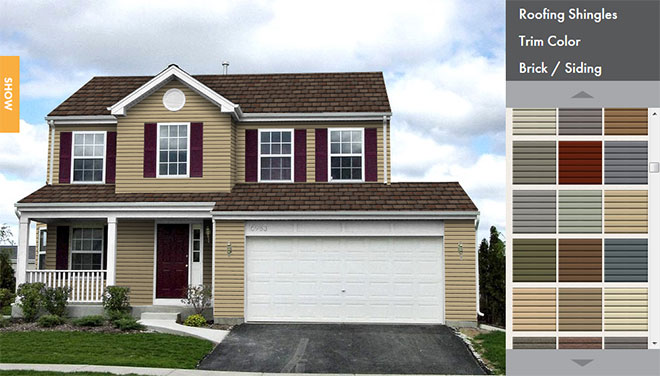Minnesota Flat Roof, TPO, EPDM, Single Ply Roof Systems
Most commercial, industrial and apartment buildings have flat or slightly sloping roofs. The most important thing to know about a flat roof is that it’s not flat. To prevent water from pooling and eventually invading the home, flat roofs are always built on a slight incline—at least 1/8 inch per foot. Many slope in several directions, like squashed hip roofs, toward gutters or scupper holes that connect to downspouts. Because they do not have big slopes, rainwater does not automatically run down the roof and drain off. It is absolutely vital that the right flat roof systems are chosen for your specific roof.
Single-Ply Roof Systems
Thermoplastic polyolefin, or TPO, is the fastest-growing segment of the flat roofing industry. Fueling this growth is the increased use of TPO in southern climates, where reflective, energy-efficient and cool roof products are becoming the norm. TPO membranes are ENERGY STAR®-rated and Cool Roof Rating Council (CRRC)-certified, and have been directly attributed to a reduction in a building’s energy use and cooling costs. TPO also offers excellent resistance to rooftop chemicals, including acids, oils and greases.
Polyvinyl Chloride (PVC) is a membrane that has been performing admirably for decades in the European market and in North America. Another option for reflective roofing, PVC membranes are ENERGY STAR-rated and CRRC-certified, offering building owners the potential for decreased cooling costs.
EPDM has a 45-year track record of proven performance and provides low maintenance and excellent weathering characteristics that make it the ideal roofing option for most northern climates. White EPDM and ballasted assemblies are ideal for southern climates, where the demand for cooling is greater than heating and where reflectivity is a benefit. EPDM roof systems offer an easy installation and require no special tools or complex equipment. Within the United States, EPDM accounts for over 1 billion square feet of new roofing annually and represents approximately 35% of the entire roofing market. In Europe the market share is around 12% and growing. While it is difficult to predict percentages in other markets, accelerated growth is reported in the Middle East and China as well.
Built-Up Roof Systems
Built-up roof (BUR) are roofing assemblies composed of alternating layers of asphalt coated reinforced sheets and asphalt. The reflectivity of BUR depends on the color of the surface layer. BUR surfacing options are aggregate, smooth, mineral cap and protective coating.
Modified Bitumen roofs are roofing assemblies formed with modified bituminous membranes. The modified bitumen roofing system is a hybrid built-up roof. It has the benefits of the built in redundancy of the BUR, along with the added strength, flexibility and UV resistance of a modified membrane. Modified bitumen membranes consist of an asphalt and polymer blend which allows the asphalt to take on characteristics of the polymer. There are several surfacing option for this system which include a factory applied mineral surface, a gravel surface laid in bitumen or a liquid applied coating that is typically reflective in nature.
Flat roof systems are roofs that are built so that they are nearly flat. They are not completely flat; otherwise water would build up on the roof (called ponding) and would eventually start to get inside the building. Flat roofing is usually flat and has a very low pitch. With a flat rooftop, business owners will be able to maximize their rooftop space. With additional roof top space, business owners can install HVAC equipment, satellite dishes, security cameras, etc. They are required to have at least a one-eighth-inch deviation in height over each foot of the roof. Flat roofs are more often found on commercial buildings than on residential homes. It is also quite common to see flat roofing on apartments, condominiums & townhouse associations, industrial sites, institutions, restaurants, law offices and churches.
Minnesota Flat Roof Installation Contractor
While roofing materials knowledge is of utmost importance, selecting the right commercial roofing system is only half of what contributes to the success of a roofing project. The most important part to consider is that each roofing system is only as good as the commercial roofer who installs the roof. Proper installation is essential to fully maximize the benefits of the roof system and your capital investment. It is the flashing and detail work that relies upon craftsmanship that is critical to the success of your roof. You can have the very best materials utilized on your roof; however, installation by an average commercial roofer will result in average roof system performance. If you expect superior commercial roofing systems performance, select only an experienced Minneapolis MN Commercial Flat Roofing Contractor.


 Click Here
Click Here Click Here To Use
Click Here To Use